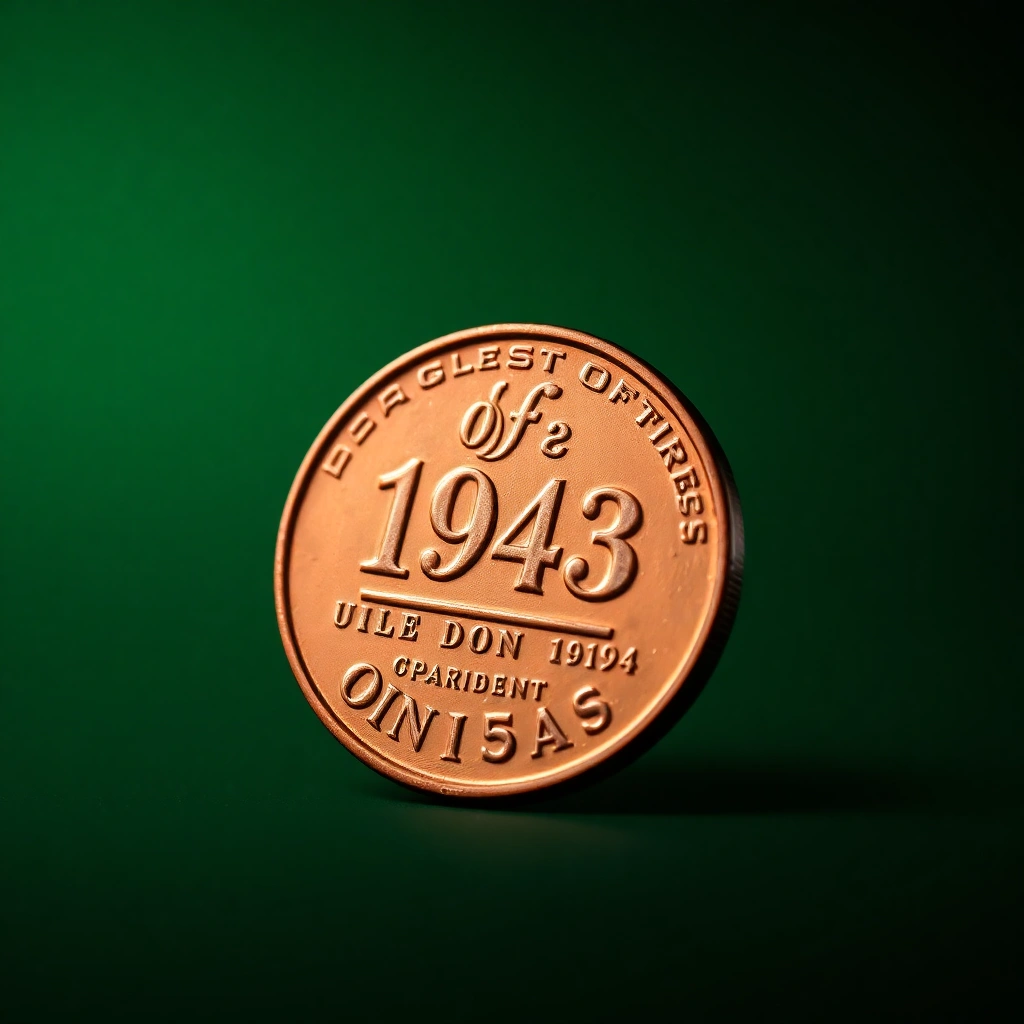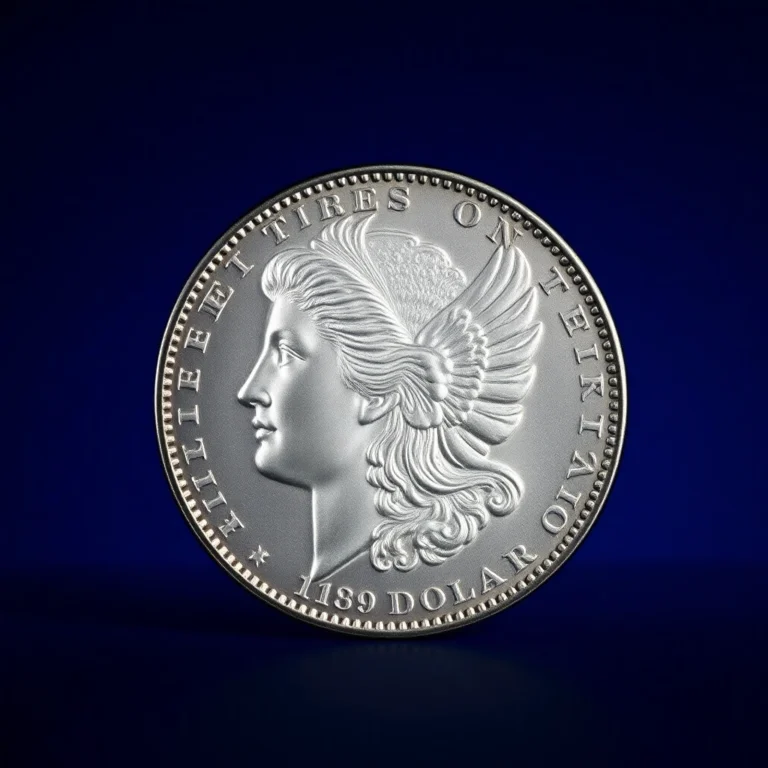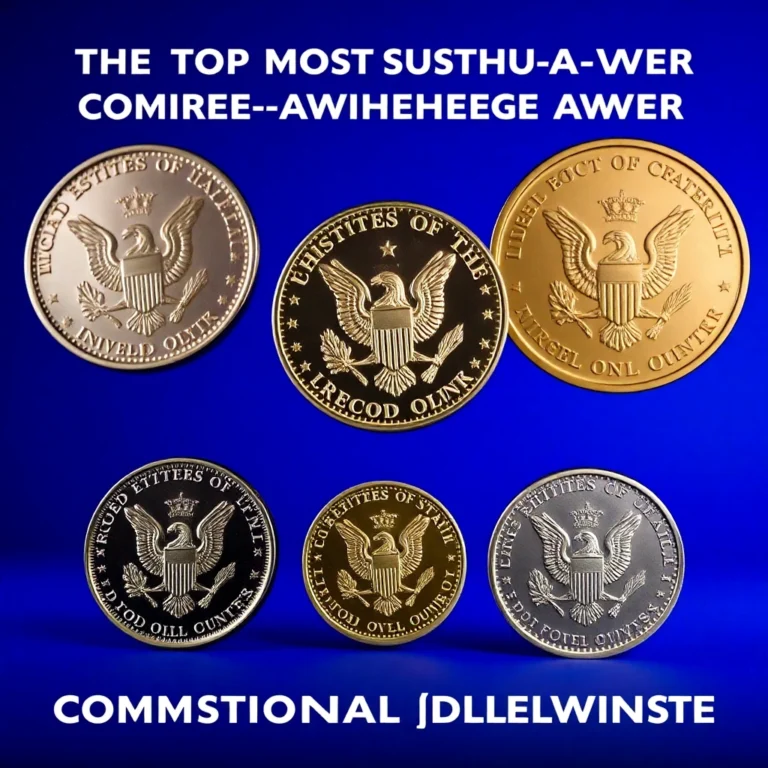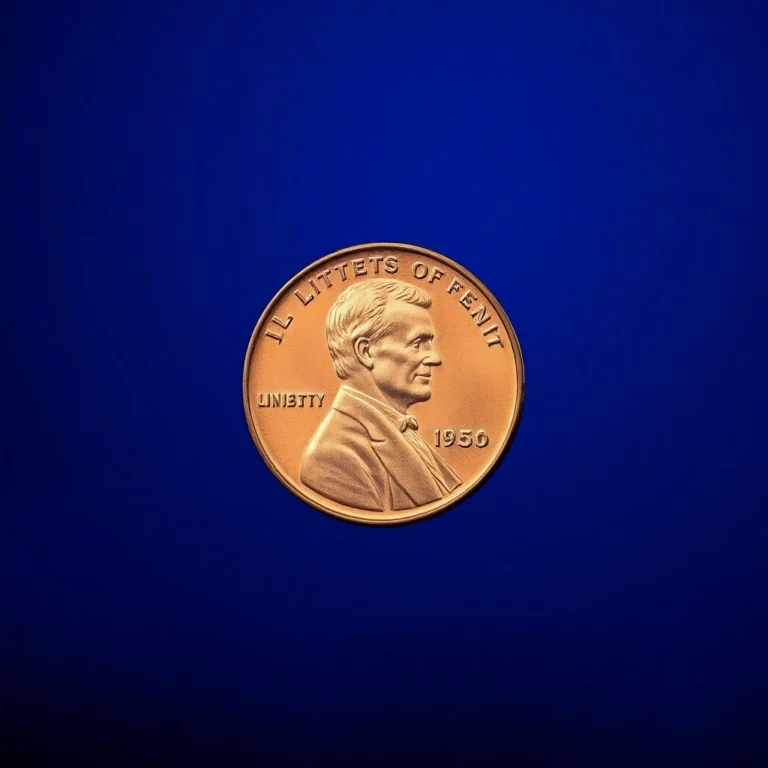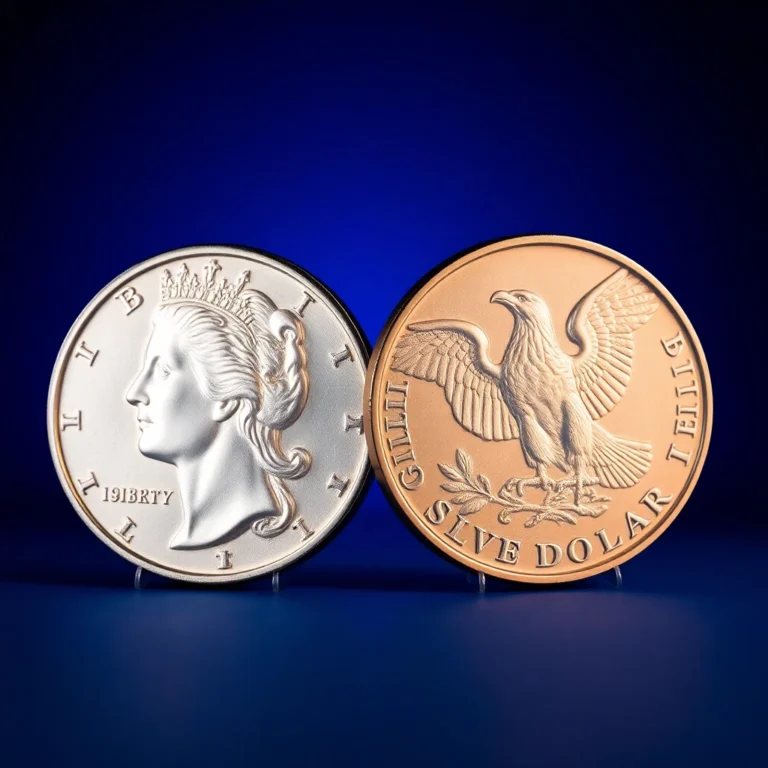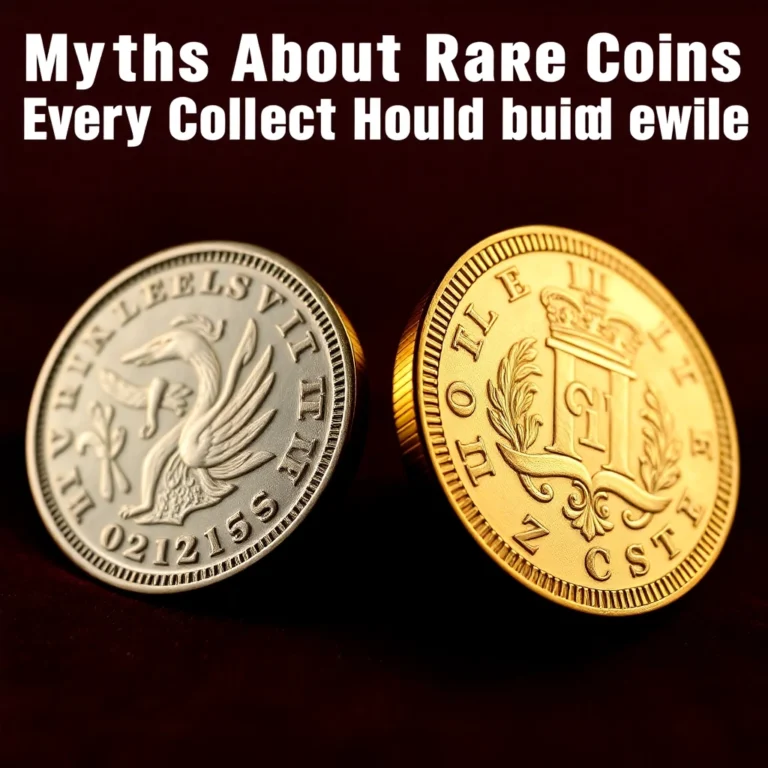In the world of numismatics, few coins spark as much intrigue and fervor as the 1943 Lincoln penny. Imagine a time when America’s copper supply was commandeered for the war effort, and steel pennies became the new norm. Yet, amidst this shift, a handful of copper pennies slipped through, creating one of the most sought-after coin scenarios in history.
For collectors, the allure of the 1943 copper penny lies not just in its rarity but in the story it tells of wartime America. This article delves into the fascinating tale of these two iconic pennies, exploring their key differences and the dramatic auction records they’ve set over the years. You’ll uncover why the copper variant is hailed as a numismatic legend and what makes the steel penny a beloved staple among enthusiasts.
Prepare to embark on a journey through history and value, and discover why a seemingly ordinary penny can be worth a small fortune, turning heads at auctions and solidifying its place in the pantheon of rare American coins.
Historical Background and Significance
The 1943 Lincoln penny is a unique issue in U.S. numismatic history, notable for its composition during World War II. Due to a wartime shortage of copper, the U.S. Mint produced pennies made of zinc-coated steel. However, a small number of copper pennies were mistakenly struck that year, making the 1943 Copper Lincoln Penny one of the most sought-after coins among collectors. The 1943 Steel Penny, by contrast, is much more common but still holds historical significance as a wartime necessity.
Physical Characteristics and Design
The 1943 Copper Lincoln Penny maintains the same design as other Lincoln cents of the era, featuring Victor D. Brenner’s iconic portrait of Abraham Lincoln on the obverse and the Wheat Ears design on the reverse. The rare copper version is composed of 95% copper and 5% zinc. The 1943 Steel Penny shares the same design but is composed of steel with a thin zinc coating, giving it a distinctive silvery appearance. 🪙
Mintage Figures and Rarity
The U.S. Mint produced over one billion 1943 Steel Pennies across its Philadelphia, Denver, and San Francisco facilities. In stark contrast, estimates suggest that only 20 to 30 Copper Lincoln Pennies were minted, with very few known to exist today, making them incredibly rare and valuable.
Known Varieties or Errors
Among the 1943 Steel Pennies, collectors may find several varieties, such as those with doubled die errors or overstrikes. The 1943 Copper Penny, due to its rarity, does not have known varieties, but each authenticated piece is considered an error coin due to its accidental creation.
Value Information
1943 Copper Lincoln Penny
| Grade | Value Range |
|---|---|
| Good (G-4) | $100,000-$150,000 |
| Very Good (VG-8) | $125,000-$175,000 |
| Fine (F-12) | $150,000-$200,000 |
| Very Fine (VF-20) | $175,000-$225,000 |
| Extremely Fine (EF-40) | $200,000-$275,000 |
| About Uncirculated (AU-50) | $250,000-$350,000 |
| Mint State (MS-60) | $350,000-$400,000 |
| Gem Mint State (MS-65) | Up to $1,000,000+ |
1943 Steel Penny
| Grade | Value Range |
|---|---|
| Good (G-4) | $0.10-$0.50 |
| Very Good (VG-8) | $0.15-$0.60 |
| Fine (F-12) | $0.20-$0.75 |
| Very Fine (VF-20) | $0.30-$1.00 |
| Extremely Fine (EF-40) | $0.40-$1.50 |
| About Uncirculated (AU-50) | $1.00-$2.00 |
| Mint State (MS-60) | $5.00-$10.00 |
| Gem Mint State (MS-65) | $25.00-$50.00 |
Authentication Tips
Given the high value of the 1943 Copper Penny, authentication is crucial. Genuine copper pennies will not be attracted to a magnet, unlike their steel counterparts. Additionally, professional grading services offer authentication and can provide a reliable assessment of a coin’s authenticity and condition. 🧲
Expert Collecting Advice
For those looking to add a 1943 Copper Lincoln Penny to their collection, patience and due diligence are essential. Attend major coin shows, network with other collectors, and keep an eye on auction results to stay informed. The 1943 Steel Penny, while common, can be a fun addition for beginners and is often collected by date and mint mark.
Collecting coins is a rewarding hobby that combines history, art, and treasure hunting. Whether you’re drawn to the allure of rare copper or the historical significance of the steel, the 1943 Lincoln pennies offer a captivating glimpse into a unique moment in numismatic history. 🏆
FAQs
How do the values of the 1943 Copper Lincoln Penny and the 1943 Steel Penny compare?
The 1943 Copper Lincoln Penny is extremely rare and can fetch prices in the hundreds of thousands, depending on condition and provenance. In contrast, the 1943 Steel Penny is common and typically valued at a few cents to a few dollars, unless in uncirculated or error conditions.
What are some tips for authenticating a 1943 Copper Penny?
To authenticate a 1943 Copper Penny, use a magnet; genuine copper pennies won’t stick. Also, check the weight—copper pennies should weigh about 3.11 grams, while steel ones weigh 2.7 grams. Consulting a professional grading service can further verify authenticity.
What advice do you have for collectors interested in 1943 pennies?
Collectors should focus on learning to distinguish between steel and copper varieties. Acquiring high-quality steel pennies is a great starting point, while pursuing a copper penny requires diligence in authentication and verification due to its rarity and value.
What is the historical significance of the 1943 Steel Penny?
The 1943 Steel Penny was produced during World War II when copper was needed for wartime materials. This led to the unique use of steel, making these pennies a tangible piece of wartime history and a reminder of the era’s economic adjustments.
Are there common varieties or errors to look for in 1943 pennies?
Yes, look for the 1943 Copper Penny as a key variety. Errors include overstrikes, doubled dies, and off-center strikes, particularly in steel pennies. These errors can enhance a coin’s value and are exciting finds for collectors.
